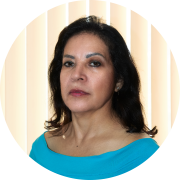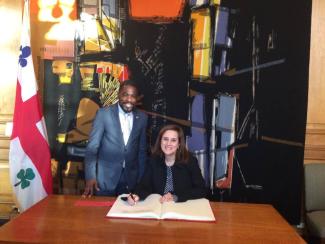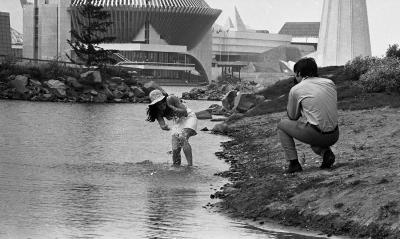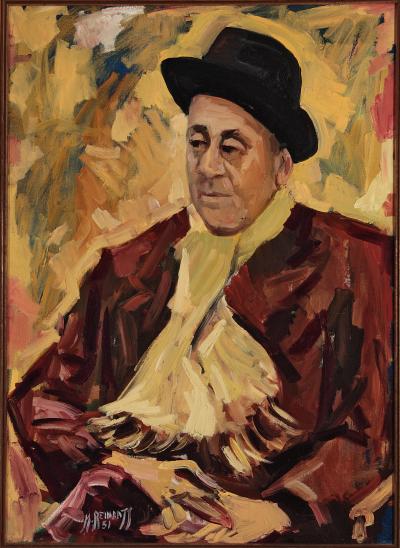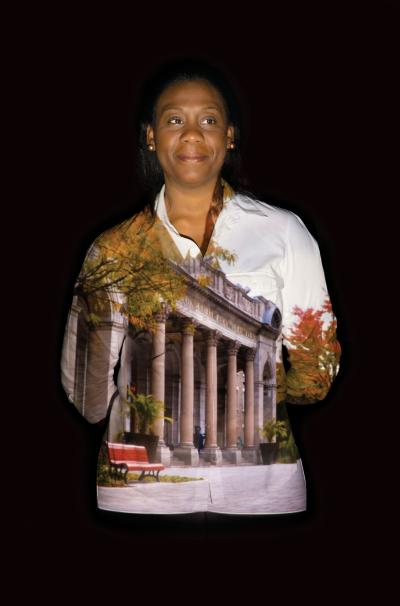Since 2009, LatinArte has been promoting intercultural exchange between Latin American artists living and working in Montréal and Quebecers of all cultures.
Originally opening its doors in 2009, LatinArte became the Fondation LatinArte in 2012, a non-profit organization that showcases Latin American artists living and working in Montréal and promotes Latin American culture.
Mandate and goals
LatinArte - 2013
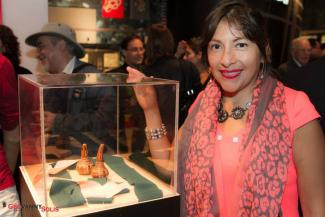
LatinArte fosters exchange between the general public and Latin American artists living and working in Montréal. The foundation supports the integration of Latin American creators into the Montréal arts scene by facilitating connections with Montréal artists from all origins and all disciplines. An active participant in the Montréal cultural community, the foundation is uniquely positioned to promote the work of these creators within the community and among art lovers.
Solidarity and mutual growth are at the heart of the foundation’s approach to facilitating intercultural relationships. LatinArte has also become a creative hub for Montréal’s creators of Latin American descent, across disciplines: visual arts, music, literature, history, film, video production, photography, theatre, poetry, new technologies, and the culinary arts.
LatinArte - colloque 2015
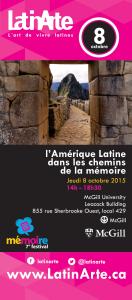
To carry out its mandate, LatinArte organizes year-round activities to showcase artists who are still building visibility in Montréal. These events help Latin American artists connect with other Montréal artists, raise their profile, and promote their work in the Montréal arts scene.
The Conseil interculturel de Montréal (CiM) has highlighted how artists from ethnocultural communities in Montréal form an integral part of the city’s cultural vibrancy, in terms of innovation, tradition, and connections across cultures. In 2005, the CiM wrote the following: “In a pluralist society, ethnocultural diversity is represented by the plurality of ancestral origins and characterized by the presence of minorities ... ethnocultural diversity translates to different minorities cohabiting, ... within ethnocultural diversity, cultural diversity relates to values, lifestyles, and artistic expression...”
LatinArte productions
LatinArte not only works with the Latin American community, but also enriches intercultural relationships and Montréal’s cultural landscape. Its programming reflects the immense diversity of Latin American artists.
LatinArte en notes is a series of events, including music, dance, and theatre performances
LatinArte s’expose is a program that presents works of visual art by Latin American artists.
LatinArte et communauté is a cultural mediation program composed of various initiatives.
LatinArte - 2014
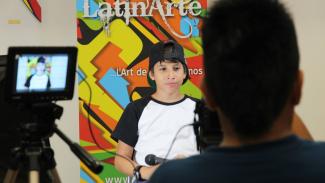
Festival LatinArte is a month-long showcase that has been hosted annually since 2009. The programming includes a series of events with multidisciplinary artists and opportunities for them to meet the public. The main goal of the festival, in addition to bringing Latin American art to the forefront, is to introduce Montrealers to Latin American artists. Every year, the festival chooses a theme. In 2016, creators explored the concept of “freedom.” In 2015, “remembrance” had memories flooding back, and in 2014, “generations” provided a framework for rich intergenerational and intercultural exchange around age, cultures, and different backgrounds.
Reaching Montrealers
The festival is geared towards the general public in Montréal—an audience always interested in cultural and arts activities—and anyone interested in Latin American culture and the Spanish language. It serves as a bridge between Québec and Latin American culture, with programming for Montrealers from all cultural communities.
In 2011, 84.2% of the Latin American community in the province lived in the metropolitan region of Montréal. Between 2007 and 2017, the City of Montréal welcomed people from Colombia, Mexico, Peru, El Salvador, and Chile, as well as the rest of Central America and South America, the Caribbean, and Brazil. LatinArte’s targeted audience has continued to grow and diversify.
Prizes and other recognition
LatinArte and the festival’s director have received numerous accolades. In 2017, Angela Sierra, at the helm of Fondation LatinArte, won the Association latino-américaine de Montréal award for Latin woman of the year in recognition of her contribution to promoting Latin American arts and culture in Montréal. In 2016, the LatinArte magazine publication won the Lys de la diversité award in the arts and culture category. In 2012, the foundation won the Prix Franco, awarded by the Regroupement des jeunes chambres de commerce du Québec and the Office québécois de la langue française for its work and initiatives promoting the French language. That same year, Angela Sierra was honoured with a TOP20 Média Mosaïque award, presented to twenty Quebecers who promote cultural diversity, and LatinArte was named sociocultural business of the year as part of the Chambre de commerce latino-américaine du Québec entrepreneurship competition.
Funding and collaboration
LatinArte - 2016
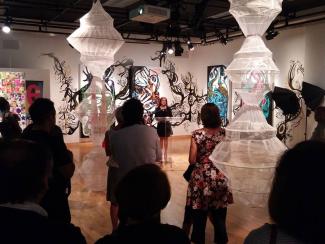
All LatinArte’s activities are held in partnership with government and cultural organizations, including the City of Montréal; the Ministère de l’Immigration et des Communautés culturelles; the Ministère de la Culture, des Communications et de la Condition féminine de la province de Québec; and the MEM – Centre des mémoires montréalaises. Educational institutions that provide support to the foundation include Université du Québec à Montréal, Concordia University, Université de Montréal, and McGill University.
LatinArte’s volunteers—including the executive director and a whole team of supporters—look for ways that creators of Latin American origin can integrate into the local arts world and raise their profile. Thanks to their hard work, Latin American arts and culture have been able to make their mark in a richly diverse, multicultural society.
